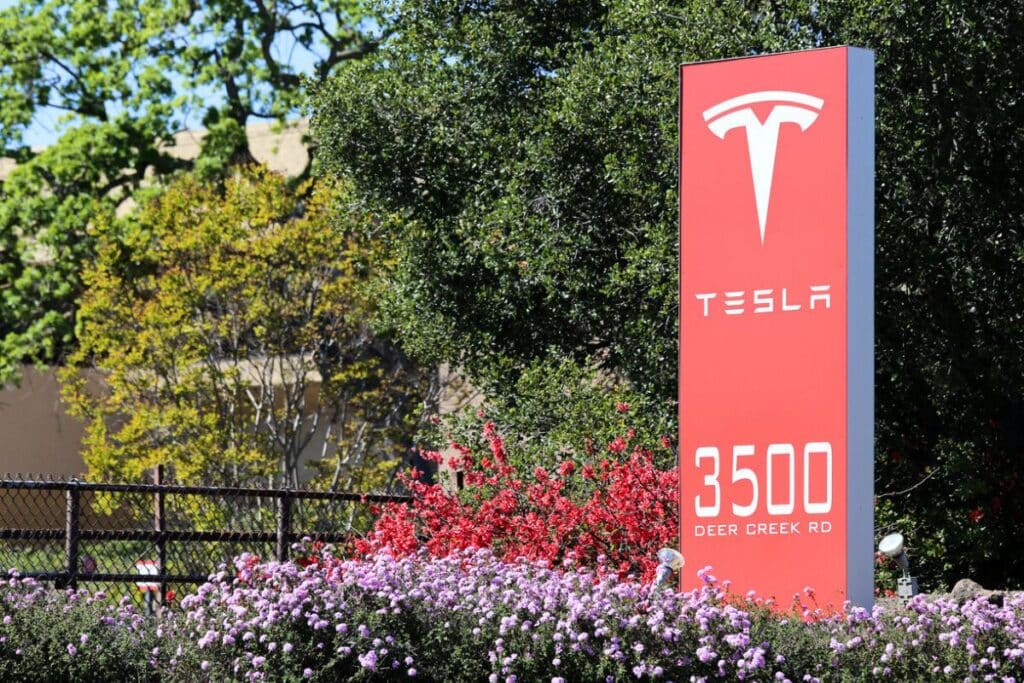Tesla is undergoing another shake-up—and this time, it involves one of Elon Musk’s closest allies. As sales decline and the company pivots toward robotaxis and AI, the departure of a key executive signals a turbulent stretch ahead.
A High-Profile Exit Amid Sales Slump
Omead Afshar, once described as Elon Musk’s right-hand man, has officially left Tesla. Until recently, he held a critical leadership role overseeing operations in North America and Europe, two markets now experiencing sustained declines in EV sales. His exit comes just days before the end of Q2 2025 and has sparked renewed scrutiny over Tesla’s strategic direction.
Afshar joined Tesla as an engineer in 2017 and quickly rose through the ranks, becoming vice president in charge of two of the company’s most vital regions. But despite his promotion last October, Tesla has seen five consecutive months of declining European sales, with U.S. figures also trending downward. In China, the brand’s largest market, Tesla reported a 15% drop in May, raising concerns across the board.
Strategic Pivots and Growing Investor Pressure
Tesla’s global deliveries are projected to fall by at least 10% compared to the same quarter last year—marking a significant retreat in what was once a dominant growth story. Analysts expect figures to dip to around 392,800 units, down from nearly 444,000.
These challenges arrive alongside broader reputational issues. Elon Musk’s public alignment with former U.S. president Donald Trump, coupled with high-profile layoffs during his tenure leading the DOGE initiative, has dented Tesla’s brand appeal. Add to that the disappointing performance of the Cybertruck, and it’s clear the company is facing a multi-front battle.
Rather than shore up its core business with new vehicle models, Musk is doubling down on a long-term vision that includes robotaxis, humanoid robots, and artificial intelligence. This move—while bold—has not been without criticism, especially given that Tesla still earns nearly all its revenue from EV sales, battery technology, and charging services.
Robotaxis Roll Out, But Warnings Mount
On June 22, Tesla quietly launched a pilot of its robotaxi service in Austin. But despite the milestone, the service—limited to a 48-square-kilometre test zone—has already shown signs of trouble. While no injuries have been reported, observers noted erratic driving behaviour from the autonomous vehicles, which were staffed with safety technicians and served a pre-approved group of passengers.
The National Highway Traffic Safety Administration (NHTSA) confirmed it is investigating the incidents, putting additional pressure on a rollout Musk had hoped would position Tesla ahead of rivals like Waymo.
A Leadership Void at a Critical Time
Afshar’s departure follows that of Milan Kovac, head of Tesla’s Optimus humanoid robot programme, who also exited the company earlier this month. The timing raises questions about Tesla’s internal cohesion and its ability to execute on increasingly ambitious goals with its senior team in flux.
Just three days before leaving, Afshar posted on X: “An absolutely historic day for Tesla,” referring to the robotaxi launch. “This represents years of hard work from so many across the company. Thank you, Elon, for pushing us all forward!”
But that optimism has done little to calm investor nerves. Tesla shares have slipped 19% year-to-date, closing at $325.78 on June 26. And while Musk continues to push the company toward a vision of AI-driven mobility, questions remain over whether that future is arriving fast enough—or if core priorities are being left behind.
As the company reshapes its leadership and redirects its focus, the stakes have never been higher. With competitors gaining ground and investor patience wearing thin, Tesla’s next moves will need to deliver more than vision—they’ll need results.
- Elon Musk Fires One of His Top Tesla Lieutenants - 14 July 2025
- Why ChatGPT Might Be Harmful to Your Brain, According to Science - 13 July 2025
- ChatGPT’s creator warns: don’t trust it blindly - 12 July 2025





